When asked the question, “What is the best rifle?” myriad answers, well, rather other questions, come immediately to mind. Military or civilian? Bolt-action or semi-automatic? Which era? If you are asking about a sporting bolt-action rifle, well, in my opinion it is hands down the pre-’64 Winchester Model 70, affectionately dubbed “The Rifleman’s Rifle.”
In military circles, the Mauser Gew98 is a benchmark from which most quality bolt-actions have been derived. The Mauser twin-lug bolt and extractor provided the shooter with an unparalleled platform that functioned under the most trying and adverse conditions. In the inter-war period of the 1920s and 1930s, Winchester sought to enter the civilian marketplace with a sporting bolt-action rifle that measured up against the military M1903 Springfield rifle that so many returned veterans of the First World War had already been trained on previously. In 1925, Thomas Crosley Johnson, an engineer at Winchester, designed the Model 54 using the best aspects of the Gew98 in the rifle design. It dominated the civilian rifle market for the next 10 years with in excess of 50,000 produced.
By 1936, Winchester replaced the Model 54 with an improved model named the Model 70. It featured the same Mauser-style bolt and receiver features, but made changes that allowed the mounting of the increasingly popular telescopic sights on the receiver, re-angled the bolt handle, added a “marksman’s” stock and a three-position safety that differed totally from the Mauser-style safety found on the Model 54. The Model 70 soon found wide acceptance within the shooting community, especially among big-game hunters, marksmen at Camp Perry and match events across the country.
The Model 70 has been in continuous production since its introduction in 1936. It has enjoyed the patronage of hunters in this country and abroad for the past 90 years. It has been made in more than 40 chamberings and dominates both big-game trophy rooms and pick-up truck rifle racks. In addition to the standard sporting models, the Model 70 found a huge fan base within the U.S. military during World War II. Nearly 400 Model 70s in .30-’06 Sprg. with 24-inch-barrels were ordered by the U.S. Marine Corps and used in the Pacific Theater of Operations. The USMC rifles also used a Unertl 8X scope. Most of these rifles were refurbished after the war and reissued during the Korean conflict and then again in Vietnam. Marine GySgt Sergeant Carlos Hathcock famously employed a USMC Model 70 in Vietnam (as a SSgt) and was using one when he made his celebrated “through the scope” shot on an enemy sniper.
Identifying this particular Model 70 as a pre-’64 variant is the controlled-round, feed-style extractor rather than a “push-feed” style • Many versions of the Model 70 abound, including this particular model with a radio in the stock.
For the collector or a serious hunting enthusiast who wants a classic hunting rifle, you can focus on a number of production phases. The rifles made between 1936 and 1964 are considered the “Golden Age” of Model 70 manufacture. These “pre-’64” guns have receivers forged from bar steel, cut checkering and most importantly, controlled-round-feed extractors. An interesting note: the pre-’64 Winchester Model 70 was designated the “State Rifle of Alaska” in 2014.
Post-’64 examples show a number of manufacturing “shortcuts” that included pressed checkering on the stock and aluminum floorplates. The replacement of the controlled-round feed, where the cartridge was held firm to the bolt face by the fully encasing extractor with one that used an extractor that was part of the “push-feed” style, was considered a major setback to the quality of the gun and a detriment to its overall performance. Barrels were now rifled by the hammer-forged process instead of being hand-cut as previously done.
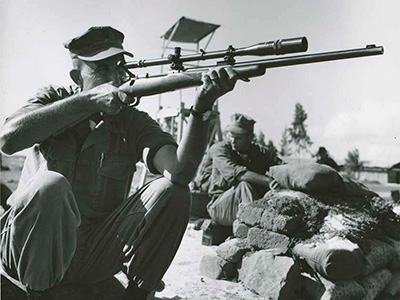
Known for its accuracy, the Model 70 found use as a military sniper’s rifle, shown here with the Unertl fixed-power 8X scope in use with the USMC in Vietnam.
These guns were manufactured by Winchester Repeating Arms Company in Hartford, CT, through 1981, as a subsidiary of the Olin Corporation (which still owns Winchester Ammu-nition and the Winchester brand). Olin sold the rifle-manufacturing business to its employees, who renamed that concern U.S. Repeating Arms Co., which operated independently until 1989, when it was acquired by FN Herstal. Production continued in Connecticut until 2006, at which point production was transferred to other FN facilities. Model 70s are currently manufactured in Portugal.
To date, just shy of 90 years, there have been in excess of two million Model 70s made in just about any configuration that you can imagine. There are Marksman grades and Trophy grades and the comprehensive Model 70 descriptions take up 16 pages in the last edition of the “Blue Book of Gun Values”—the largest single model chapter in the 2,500-page book.
Winchester published its 1952 catalog with a nickname for the Model 70, “The Rifleman’s Rifle” and the appellation stuck; it has been known since by this marketing name and it has become one rifle that truly has earned a place of legitimacy in the lore of the history of arms.
Collectors will be astonished to see how many different Model 70 configurations there are, and still are available to shoot, compete with, hunt with or collect. Your National Firearms Museum was the lucky beneficiary of an amazing gift from Melvin Gordon, who gave the museum his pre-’64 Model 70 collection in every caliber ever chambered for the rifle.
Read the full article here

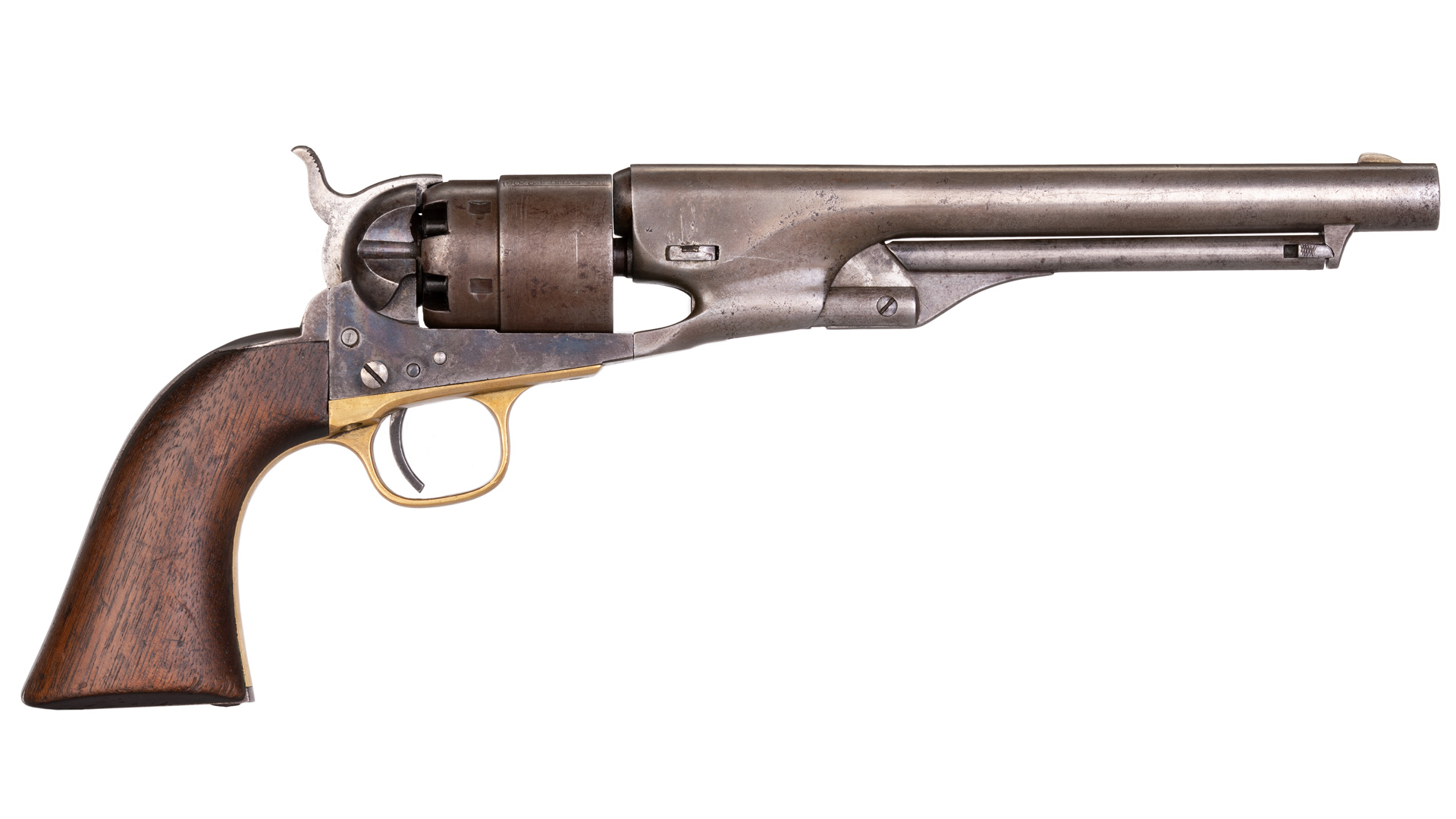



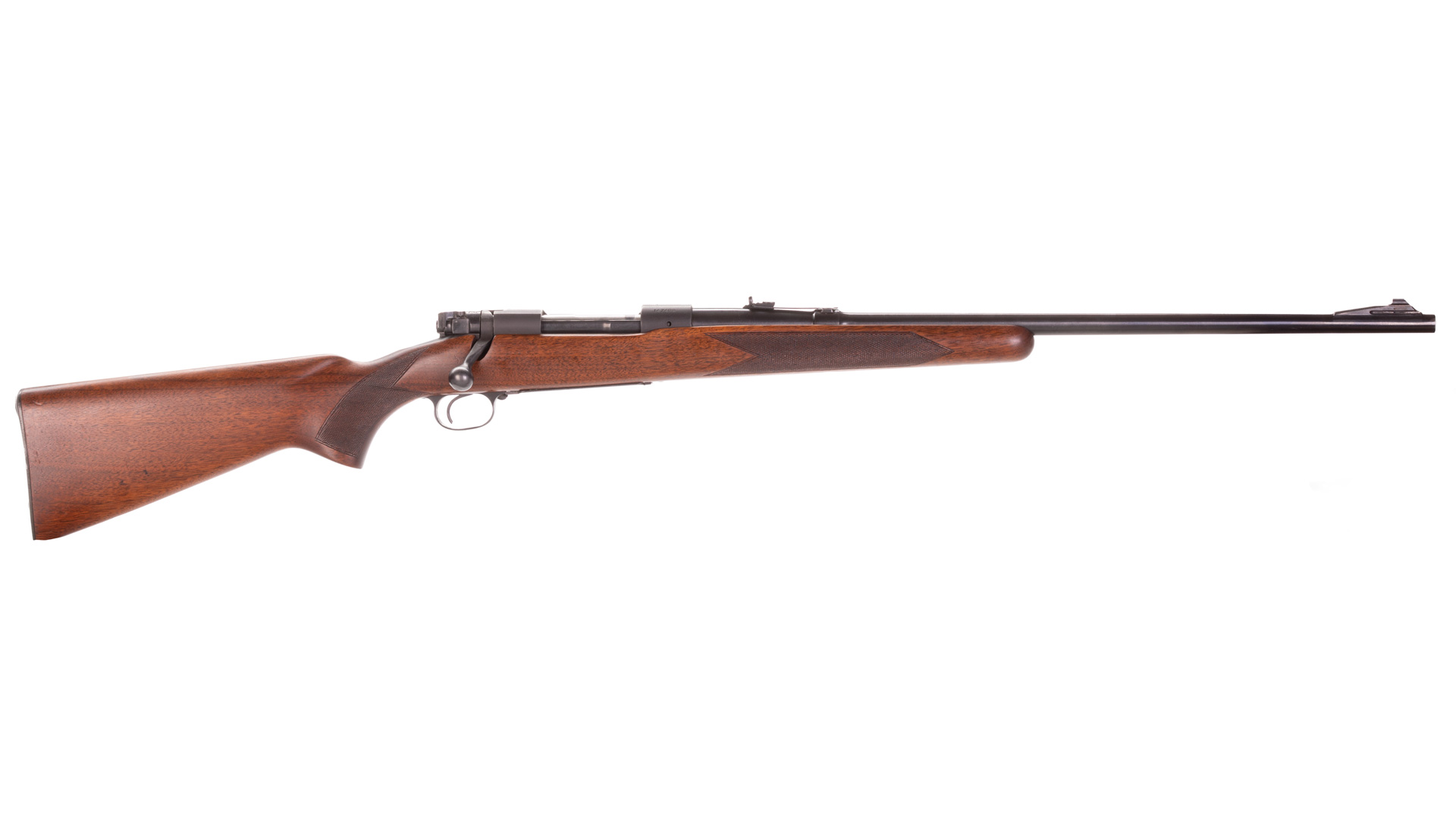
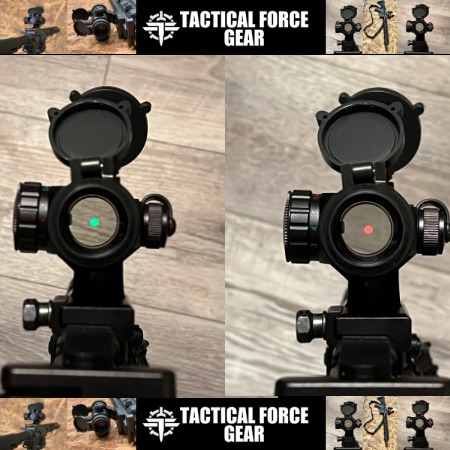

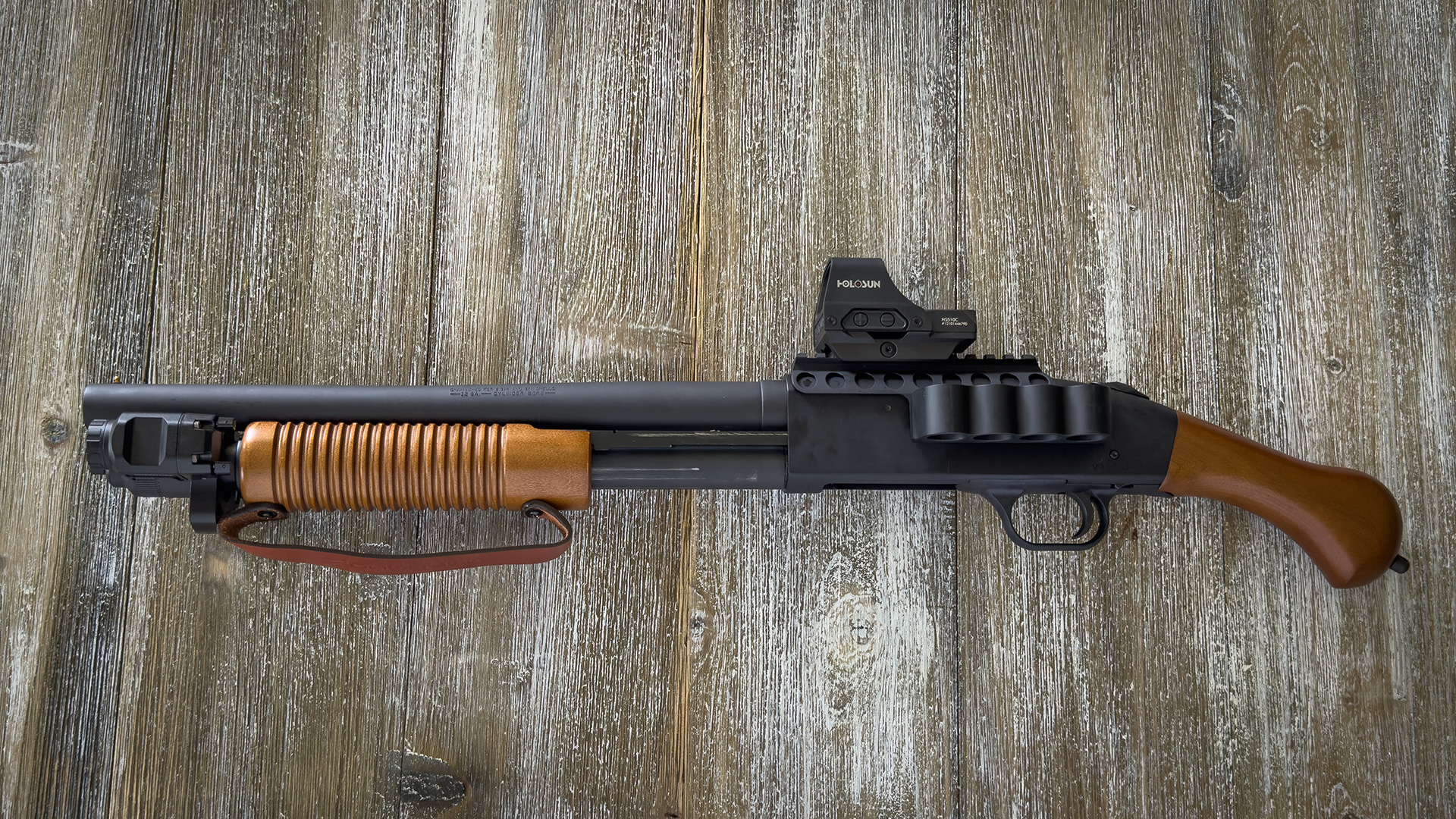







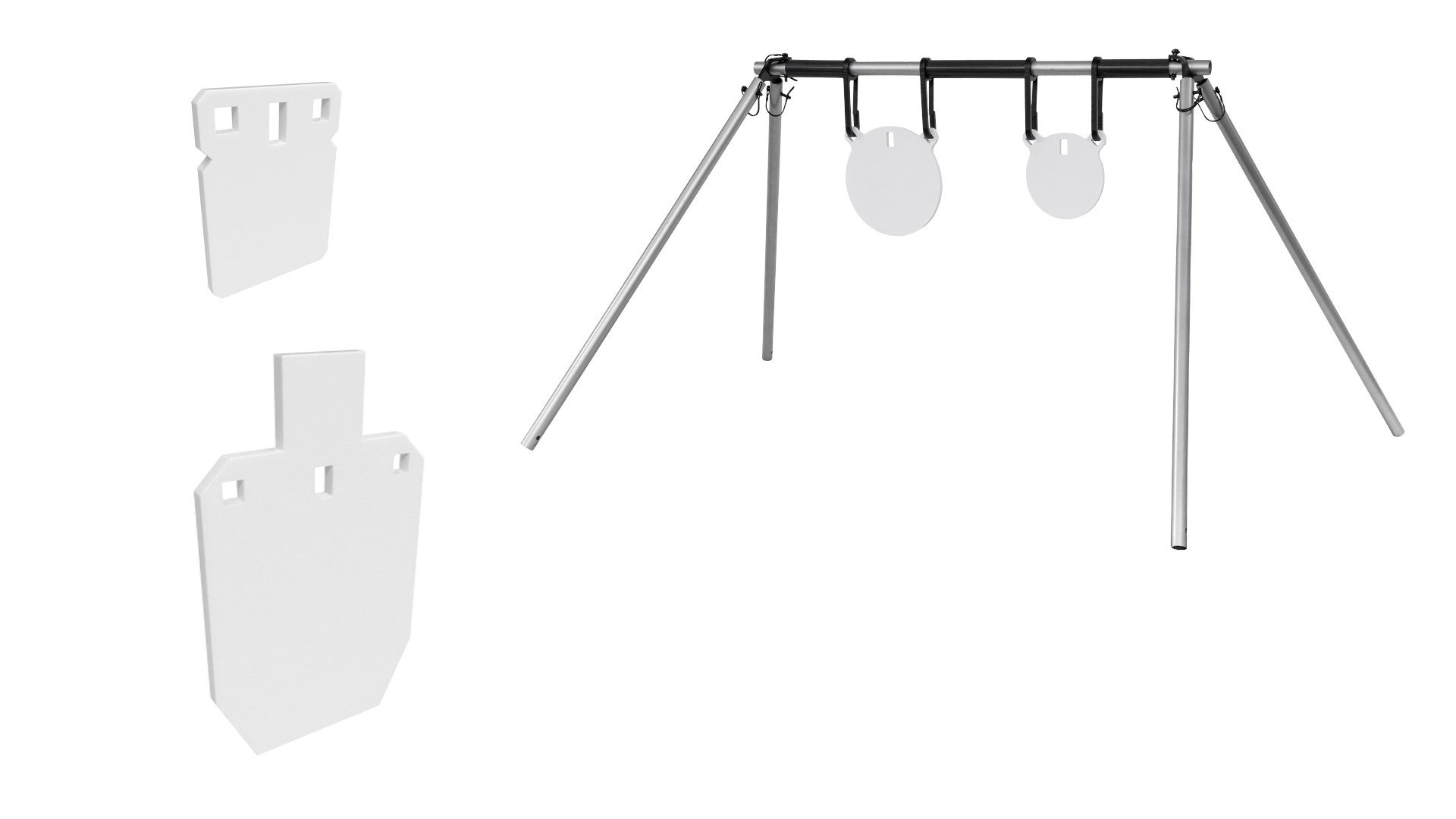
Leave a Reply